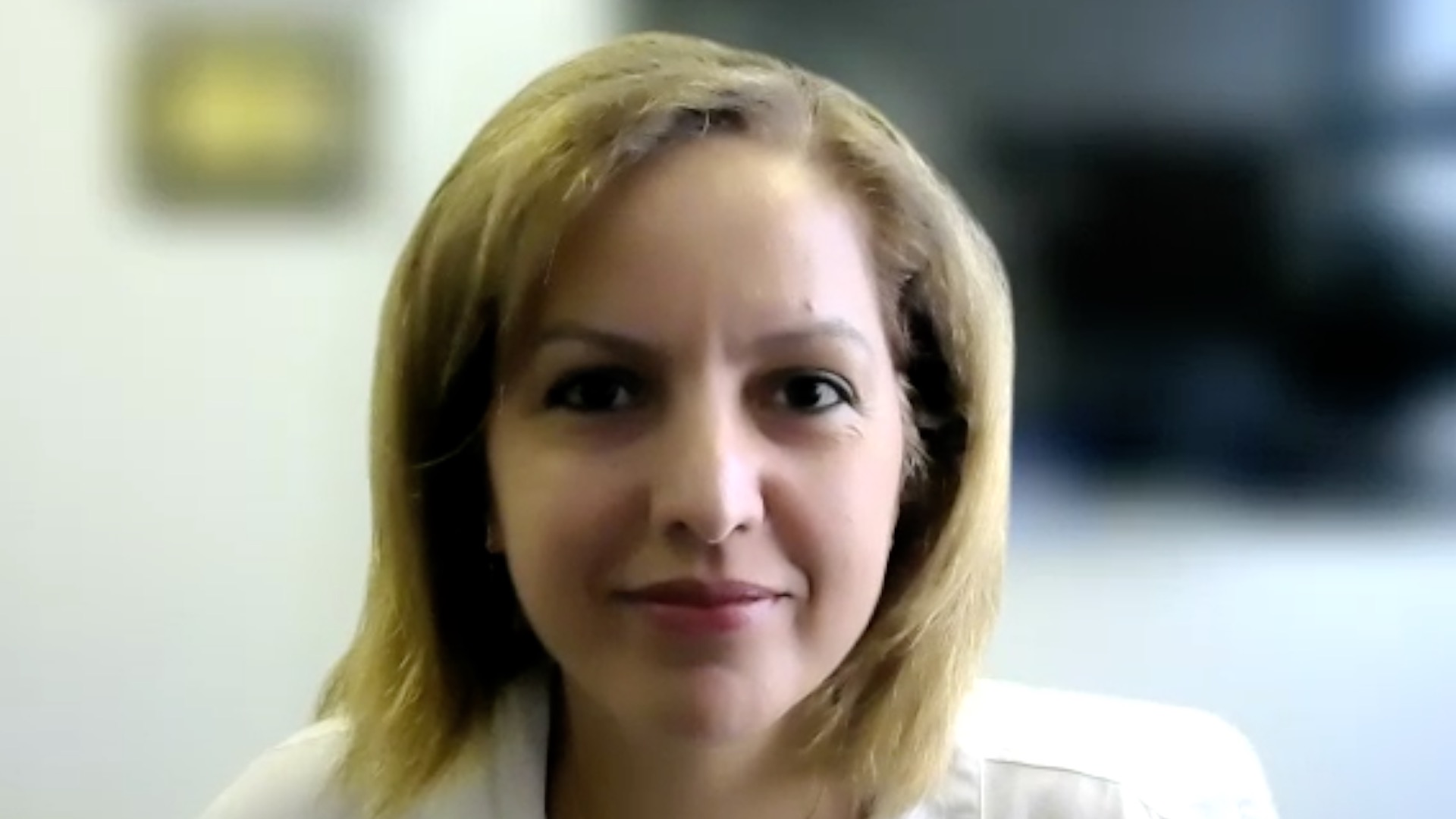Giulia Brigante, ECE 2023: The LEVOLIO study: levothyroxine and liothyronine combination therapy for hypothryroidism
The LEVOLIO study was a randomized double-blind placebo-controlled trial on levothyroxine and liothyronine combination therapy for hypothryroidism. touchENDOCRINOLOGY were delighted to speak with Dr Giulia Brigante (University of Modena and Reggio Emilia, Modena, Italy) about the data from the LEVOLIO study, how clinically meaningful the findings are and what future studies are needed.
The abstract ‘RANDOMIZED DOUBLE-BLIND PLACEBO-CONTROLLED TRIAL ON LEVOTHYROXINE AND LIOTHYRONINE COMBINATION THERAPY: THE LEVOLIO STUDY‘ was presented at the European Congress of Endocrinology (ECE), 13-16 May 2023.
Questions
- Could you tell us a little about levothyroxine (LT4) and liothyronine (LT3) in the treatment of hypothyroidism? (0:22)
- What were the aims, design and eligibility criteria of the levolio study? (1:32)
- What were the primary and secondary endpoints and how well were they achieved? (2:25)
- How clinically meaningful are these findings and what future studies are needed? (4:45)
Disclosures: Giulia Brigante is a consultant for Prolevi Bio.
Support: Interview and filming supported by Touch Medical Media Ltd. Interview conducted by Shanice Allen.
Filmed in coverage of the European Congress of Endocrinology (ECE) Annual Meeting
Click here for more content on thyroid disorders.
Transcript
I’m Giulia Brigante. I’m an endocrinologist. I work as a researcher at the Unit of Endocrinology of the University of Moderna and Reggio Emilia in Italy.
Could you tell us a little about levothyroxine (LT4) and liothyronine (LT3) in the treatment of hypothyroidism?
Starting from the observation that subjects treated with levothyroxine alone have high levels of T4 but reduced levels of the other thyroid hormone, T3, when compared with euthyroid subjects. The combined the treatment with both T4 and T3, seems to be a possible solution. Both hormones are important because T4 represents the reserve of hormone and T3 is the already activated hormone. After all, when the thyroid works properly, it produces both of them albeit in different proportions. But these are two hormones with very different half lives, different absorption and different efficacy. So this is why the simultaneous administration of the two is still challenging.
What were the aims, design and eligibility criteria of the levolio study?
So we conducted, here in Moderna, a study named Levolio. It is a randomized double blind placebo controlled trial. On combination treatment with both levothyroxine and liothyronine. This study was aimed at studying the peripheral tissue response to combined therapy given for six months in patients without residual thyroid function. So thyroidectomized and without serum thyroglobulin. But with TSH the range while taking LT4 tablets on stable doses for at least three months. Subjects were randomized to study or placebo group and was treated for six months.
What were the primary and secondary endpoints and how well were they achieved?
141 subjects started treatment. 121 underwent all the study protocol and unluckily, we had enrolled less than expected due to the pandemic. Our primary endpoint was the sex hormone-binding globulin; that is considered the the strongest marker of thyroid hormone action in the liver. Finding no differences in its serum levels at the end of treatment between study and placebo groups. A secondary outcomes, we considered lipid profile, bone markers, BMI, and again, no differences were found at the end of treatment. Considering quality of life, no item of the ThyPRO questionnaire that is a specific questionnaire for hypothyroidism differed between the two groups. But if we consider quality of life among visits, only subjects treated with combined therapy and not the placebo group improved emotional susceptibility, depressed activity, anxiety, and the overall impact of thyroid disease on life. Another interesting result, is about the ratio, FT3/FT4. If we consider this ratio at baseline, so when all the enrolled subjects had been treated with levothyroxine alone, this ratio was below the physiological range in both groups, suggesting a suboptimal compensation and their levothyroxine alone. Despite mean normal serum TSH levels. At the end of treatment, so after six months of treatment with combined therapy, FT3/FT4 ratio remained low in the placebo group while it significantly increased in the study group normalizing and this is a very important finding.
How clinically meaningful are these findings and what future studies are needed?
This represents one of the largest study to date to evaluate the efficacy of combined therapy with levothyroxine and liothyronine. Our study demonstrates that with the current formulations, it is not possible to obtain significant results, but underlines how the levels of FT3/FT4 can be improved with the introduction of liothyronine. I think that future studies with an easier therapeutic scheme. For example, with sustained release of T3 preparation should be conducted. Hopefully, with new and more specific markers of the effect of thyroid hormones at the periphery that we really need.
Subtitles and transcript are autogenerated.






